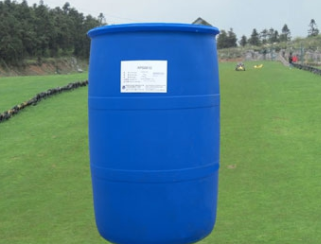With the improvement of fishery intensive production, its breeding mode has also changed fundamentally, from the traditional small-scale free range breeding mode to intensive high-density breeding mode. However, there are no rules to follow for the transformation of this mode, and the local successful experience all over the world lacks the possibility of overall transplantation and promotion due to different regional environment, climate and water quality. Therefore, aquaculture has strong technical characteristics of regional aquaculture. Because the growth of aquatic animals is inseparable from the water system, all their activities are completed in the water, so the water body has become its vital survival area.

As the water quality is a fluid connected with the natural water system, the transmission of viruses and bacteria is much easier than that of terrestrial animals. The cross infection of viruses and bacteria has become the number one killer of aquatic animals in today's aquaculture industry. Thousands of destructive aquaculture epidemic cases have occurred since 1990, such as the catastrophic death of prawns nationwide, In 1994 alone, the direct loss suffered by the national shrimp industry was as high as more than 14 billion yuan. The shrimp aquaculture industry grew from prosperity to decline, and the output value per mu of shrimp ponds changed from more than 20000 yuan to more than 400 yuan, or even zero. In addition, the annual outbreak of viral diseases in freshwater fish is also appalling. There have been dozens of deaths of tens of thousands of kilograms of fish in recent five years alone. For example, the death of abalone in 1998 ruined some fishermen. It is reasonable to treat diseases, but due to the particularity of its survival mode, it is difficult for aquatic animals to give drugs after onset. Drug irritation, drug toxicity, ionicity, drug oxygen consumption and drug hydrolysis are the key factors affecting drug administration.
Due to the different activities of aquatic animals and human and livestock, human and livestock drugs can not be directly transplanted into water bodies, and the application cost is high. There are many cases that fail after trial. Because aquatic animal diseases, especially viral diseases, are difficult to diagnose, it is difficult to use drugs. Even if they are diagnosed, they are helpless due to the lack of appropriate drugs.
The specific reasons for the current situation of aquaculture are as follows: (1) emerging industries and rapid development, lack of supporting professional application technology( 2) The way of aquaculture has not been adjusted in time with the large-scale aquaculture of aquaculture( 3) Lack of a comprehensive understanding of the living habits and pathogenesis of rare aquatic animals( 4) Environmental factors change greatly and water pollution is serious( 5) Lack of basic research on pharmacodynamics, pharmacokinetics, toxicology and breeding ecological environment.
In recent years, scholars in developed countries have found that surfactants have unique efficacy and good practicability in solving the above problems. Therefore, its research work has developed vigorously. In recent years, more than 100 surfactants have been applied to aquatic feed, aquatic drugs and aquaculture. They have become an indispensable part of aquatic chemicals, and show an increasing trend year by year, which has greatly promoted the disease prevention and control of aquatic animals.